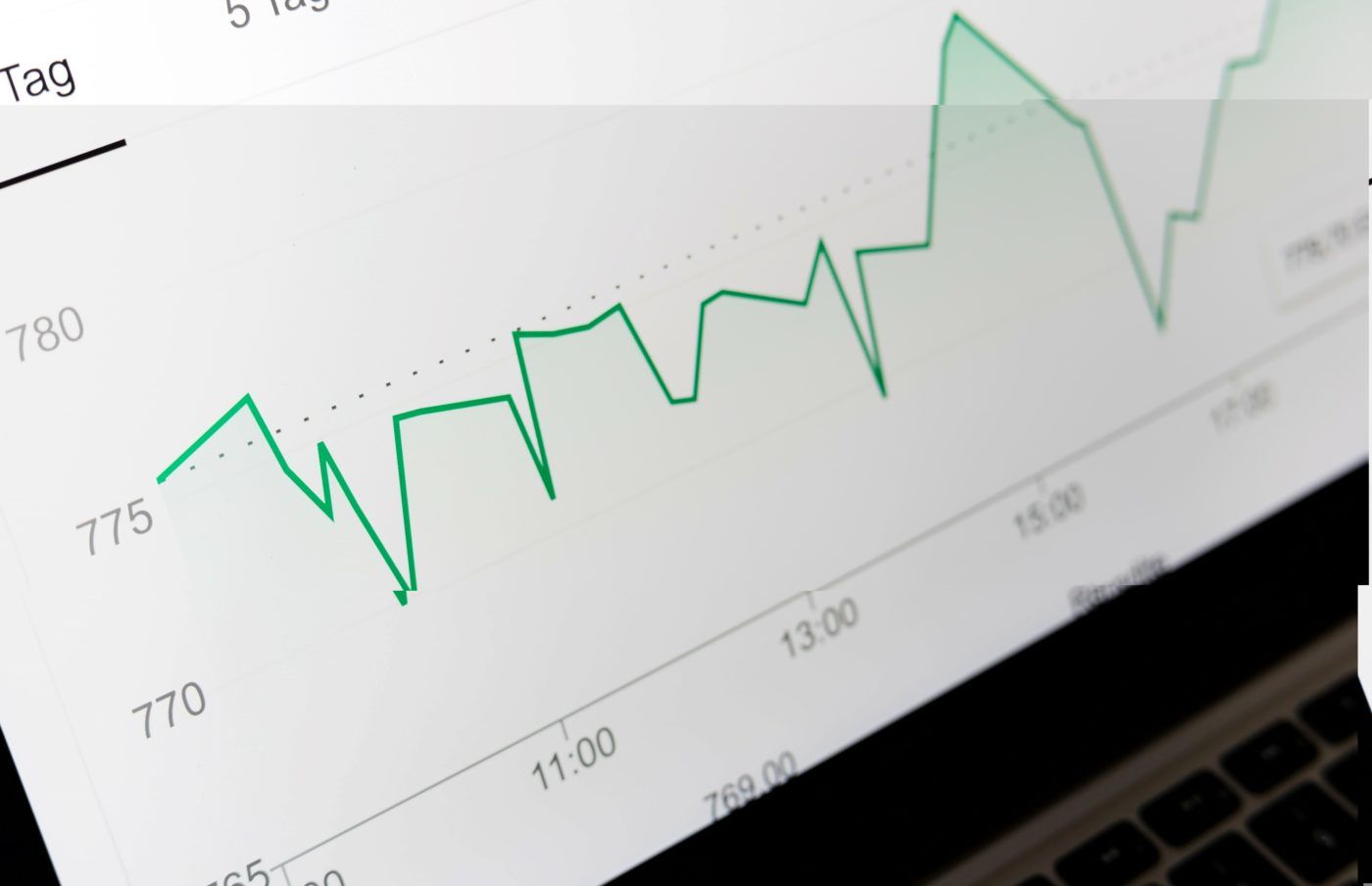What will you find in August’s edition?
SEO
Google Revealing SEO Secrets?
Product Page Ranking Help
Google Review Enhancements
Paid Media
Google’s Launching a New Ad Policy Violations Pilot
Google Ads Optimised Targeting Is on The Way
2% ‘Regulatory Operating Cost’ for Google Ads Served in Italy and India
Content Marketing
Visual Content Marketing Trends for 2021
New Content to Get Stuck Into
Getting Creative & Client Wins
Let’s start with SEO…
Google Revealing SEO Secrets?
Google has announced that it’s rolling out a new feature which could upset or re-affirm your SEO work – why it’s ranking a page for a term.
This sounds too good to be true, and we’ll have to wait for real world examples as to how it can be used, but here are a few factors which we know will be shown in this section:
- If the search term is present in the content or html such as title tags.
- If the term is a synonym or somehow related to the page shown.
- If links and related content are pointing to a site for that term.
- If images on the page match the search query.
- The relevancy of the language to user settings.
- The region it applies to – country, city, locale, etc.
Some of these are content led and won’t really be appropriate for optimisation, but the region and languages can be stipulated if they aren’t already to give you that extra relevance. The optimisations of html elements is probably the most beneficial to SEOs, but it will be good to see a more comprehensive list from real results.
Google also showed explicit tips to help users find more specific results, such as using quotation marks for exact queries. These are probably commonplace for SEO and other tech employees, but they could easily change the way many users perform searches and possibly upset your existing keyword research figures.
This is still in progress and will invariably be rolled out in the US first, but it’s definitely worth keeping an eye out for.
Product Page Ranking Help

Google’s John Mueller held a Q&A session on the topic of ranking product pages for ecommerce recently. There were a number of tips to help with this, including the usage of Google Shopping feeds, but what about non-paid options?
There were several comments around optimising internal linking to product pages, such as from blog articles to product pages. When people post your blogs and are enthusiastic about products, they should include this clear linking path to the product.
On a similar topic, John suggested limiting the number of links between content to help increase importance, rather than linking to 50 products from a blog. The figure isn’t hard and fast, but quick rundowns of individual products or “top 5” type listings will probably be best.
Singling out important products for direct homepage links was also mentioned. This is a common tactic for sales and events, but again you should make sure you aren’t over saturating the homepage with all your products. Picking a select few will be more beneficial than blanket linking.
Google Review Enhancements

How often do you take reviews and 5-star ratings into account? Most people do, but often the top level 1-5 rating can be misleading. Restaurants have gained 1-star reviews because they had to shut for no fault of their own, and sometimes you’ll see 5-star reviews with nothing but complaints!
Hopefully the different aspects to reviews will become clearer soon with a new expanded review system from Google.
This goes into more granular data such as pricing, whether you had a take-away or dine-in experience and when you had your meal.
These options all help users know what to expect and it’s kind of surprising that it’s taken this long to be a thing. Maybe it’s a reaction to the hugely mixed reviews restaurants have seen since the pandemic began, but either way it’s a welcome addition.
Moving onto Paid Updates…
Google’s Launching a New Ad Policy Violations Pilot
If you’re guilty of violating ad policies (whether accidentally or on purpose), you’re going to want to get your ducks in row, as from September this year, Google Ads will be testing a three-strike policy to penalise repeat offenders.
Google announced that: “Warnings and strikes will be issued for violations of our Enabling Dishonest Behavior, Unapproved Substances and Dangerous Products or Services policies – this includes ads promoting deceptive behavior or products such as the creation of false documents, hacking services, and spyware, as well as tobacco, drugs and weapons, among other types of content”.
There’s no need to panic if you make mistakes, as Google is also saying that strikes expire after 90 days, assuming that they’re acknowledged and fixed, and no further policy violations happen for 90 days afterwards.
We think it’s an interesting update to stop repeat offenders from advertising, however, some policy violations are unavoidable and from genuine, honest advertisers. Ads in the healthcare industry regularly have policy violations due to specific ingredients displayed on the page, so it will be interesting to see if these fall into the strike-out pilot. Whilst the update will prevent dishonest ads and those that promote prohibited products, we believe that there’ll be some that get caught up in this from genuine advertisers.
You can read more about what penalties are planned on Search Engine Land.
Google Ads Optimised Targeting Is on The Way

If you haven’t already, you may start seeing a new label named ‘Signal’ under the demographics tabs. This is for a new feature called ‘Optimised Targeting’.
Essentially, this feature uses both audience and demographic inputs as signals to find more conversions within your campaign goal. This means you’ll see impressions outside of your set targeting signals. The reason Google are rolling out this update is to try and find advertisers cheaper conversions that might be outside of their recognised audience.
A Google Ads support article explains that “Optimised targeting looks for additional conversions by targeting people most likely to convert (based on real-time campaign conversion data, like what people who convert recently searched for). With optimised targeting, your manually-selected audience segments influence the model by providing an informed starting point”.
Once rolled out, this feature will be applied automatically, but you are able to disable it through your ad group settings. Find and select your campaign, then select the ad group where you want to adjust targeting.
This is another update that moves towards automation, machine learning and taking control away from the advertiser. Having said this, it can be disabled. This seems like a good feature to test as it may identify key user groups that you didn’t think to advertise to. It may provide you with more conversions that you didn’t know you could get.
2% ‘Regulatory Operating Cost’ for Google Ads Served in Italy and India
From 1st October 2021, Google ads served in Italy and India will include a 2% ‘Regulatory Operating Cost’. This is a surcharge which will be added to advertiser’s invoices.
We already have this tax applied in the UK and it seems that Google is rolling it out to other countries in stages. If you have clients or accounts in these countries, be sure to add this tax onto your media budgets to give you a better reflection of total spend.
Content Marketing
Visual Content Marketing Trends for 2021
We’ve had a little look at what Search Engine Journal is deeming some content trends for this year, and it looks like visual marketing is IN for 2021.
Connecting brand and customer is more important than ever, especially after the global pandemic. So, things like video content, authentic brand content, visual graphics including infographics (see our blog post below) and animations are among the content marketing disciplines to focus on this year. For the full list plus more info, visit Search Engine Land.
New content to get stuck into
We’ve always got some new blog content to cast your eyes over. Our Koozians have been busy putting blog content together, so you have a great source of information for any SEO, Paid, Content or PR queries and questions. We’ve recently published the following:
Useful Tips To Help Improve Your Ecommerce Website
How Are Web Accessibility And SEO Related?
How to Create a Useful Infographic in 2021
Remember to keep checking back as multiple new posts go out each month.
Getting creative & client wins
We’re delighted to share our recent digital PR win for a storage management company. After doing our research and working with their internal marketing team, we created a data-led PR story which we pitched out to a number of construction, architecture and building online publications.
We secured multiple pieces of coverage with good quality backlinks for our client and improved their website’s overall domain authority by 4 points.





Leave a Reply